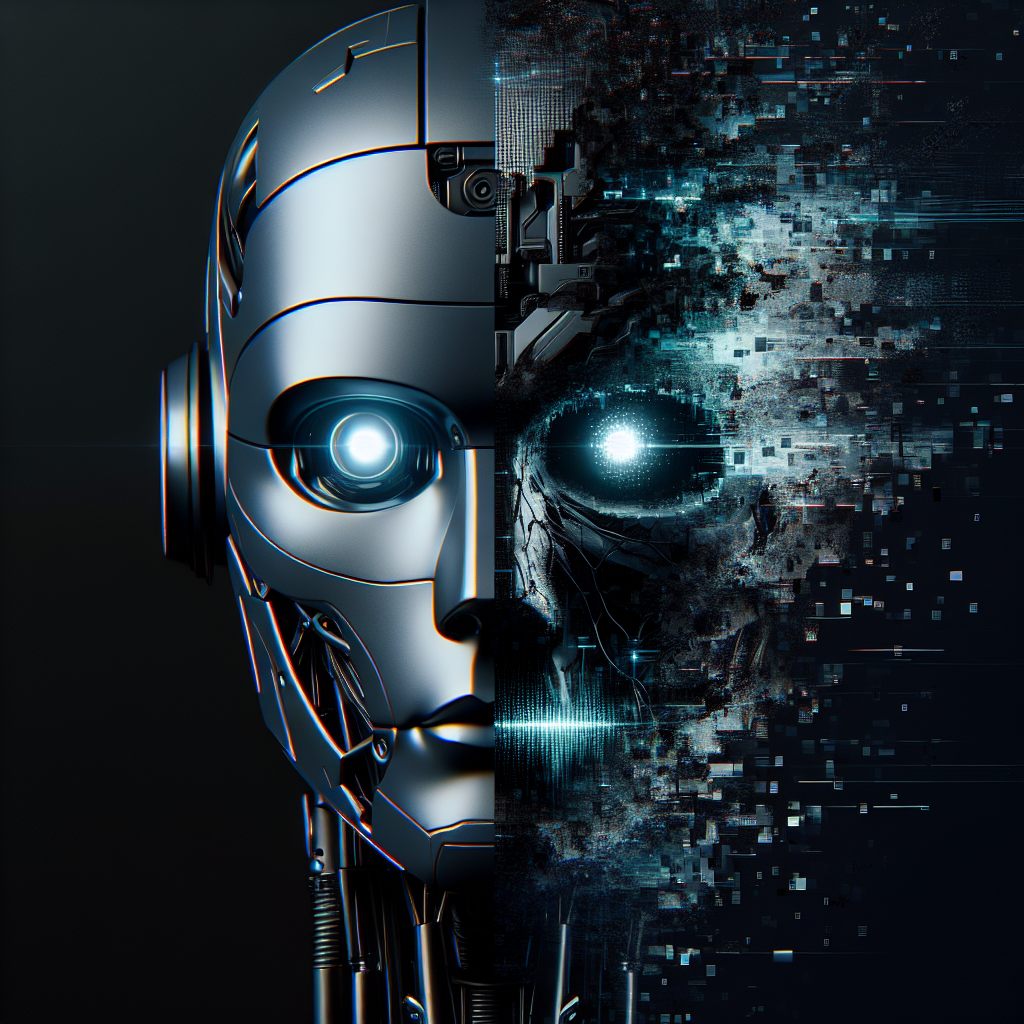Artificial Intelligence (AI) has become an integral part of our everyday lives. From voice assistants like Siri and Alexa to recommendation algorithms on social media platforms, AI is constantly evolving and shaping the way we interact with technology. While AI has brought about numerous benefits and advancements, there is also a dark side to this technology that often goes unnoticed – the unintended consequences and dangers of AI.
AI systems are designed to learn from data and make decisions in a way that mimics human intelligence. However, these systems are not without their flaws and limitations. One of the biggest concerns surrounding AI is the potential for bias in the data used to train these systems. If the data used to train an AI system is biased, the system will learn and perpetuate that bias, leading to unfair and discriminatory outcomes.
For example, an AI-powered hiring tool used by a tech company was found to be biased against women. The system was trained on historical data that showed a higher percentage of men being hired for technical roles. As a result, the AI system learned to favor male candidates over female candidates, perpetuating gender bias in the hiring process.
Another unintended consequence of AI is the potential for job displacement. As AI systems become more advanced and capable of performing tasks that were once done by humans, there is a growing concern that AI will replace human workers in various industries. For example, self-driving cars could potentially replace truck drivers, and automated customer service systems could replace call center employees.
The rise of deepfake technology is another example of the dark side of AI. Deepfakes are manipulated videos or audio recordings that are created using AI algorithms. These videos can be used to spread misinformation, manipulate public opinion, and even blackmail individuals. Deepfakes have the potential to undermine trust in media and democracy, posing a serious threat to society.
In addition to bias, job displacement, and deepfakes, there are also concerns about the misuse of AI for surveillance and control. Governments and corporations are increasingly using AI-powered surveillance systems to monitor and track individuals, raising concerns about privacy and civil liberties. In some cases, AI systems have been used to target and suppress dissent, leading to human rights violations.
The dangers of AI are not limited to just one aspect of society. They have the potential to impact every aspect of our lives, from healthcare and education to finance and transportation. As AI continues to evolve and become more integrated into our daily lives, it is crucial that we address these unintended consequences and dangers to ensure that AI is used responsibly and ethically.
Frequently Asked Questions (FAQs):
Q: What are some examples of bias in AI?
A: Bias in AI can manifest in various ways, such as gender bias in hiring algorithms, racial bias in predictive policing systems, and socioeconomic bias in loan approval processes.
Q: How can we address bias in AI?
A: Addressing bias in AI requires a multi-faceted approach, including diversifying the data used to train AI systems, implementing fairness metrics to evaluate algorithms, and increasing transparency in AI decision-making processes.
Q: What are some potential solutions to job displacement caused by AI?
A: Some potential solutions to job displacement caused by AI include reskilling and upskilling programs for workers, implementing policies to support displaced workers, and creating new job opportunities in emerging industries.
Q: How can we combat the spread of deepfake technology?
A: Combatting the spread of deepfake technology requires a combination of technological solutions, such as developing tools to detect and authenticate media content, and regulatory measures to hold creators of deepfakes accountable.
Q: What are the ethical considerations surrounding the use of AI for surveillance?
A: The use of AI for surveillance raises ethical considerations related to privacy, consent, and the potential for abuse of power. It is essential to establish clear guidelines and regulations to ensure that AI-powered surveillance systems are used responsibly and ethically.

